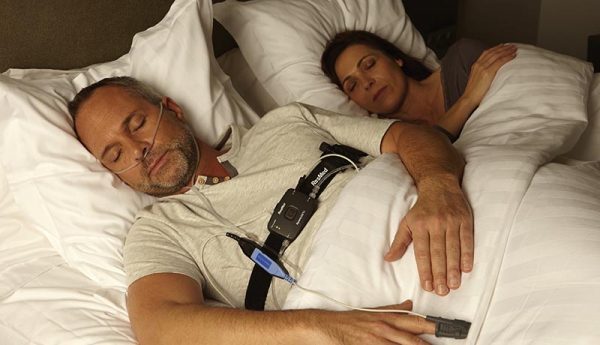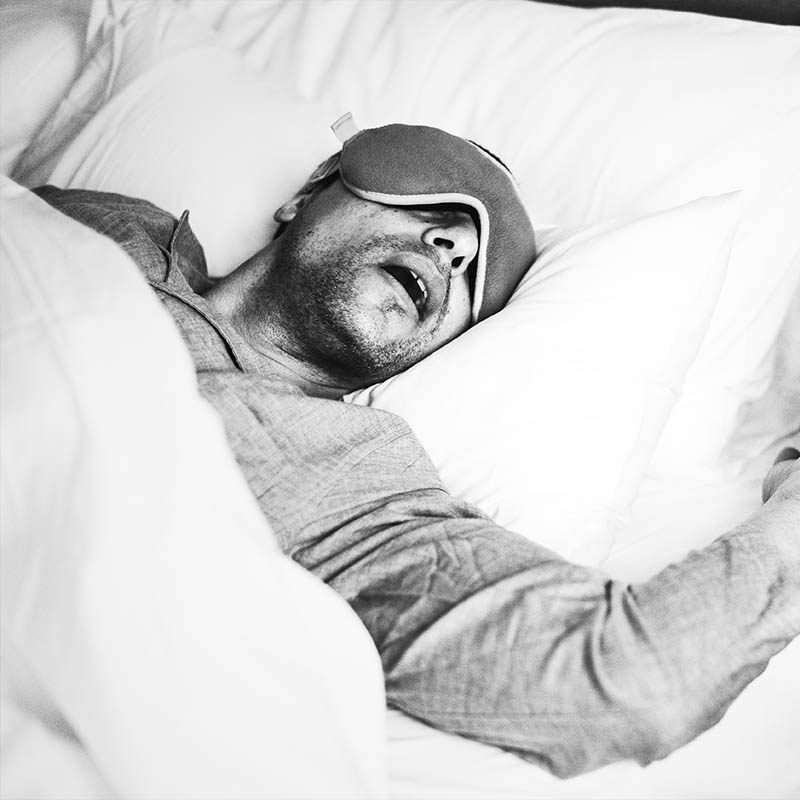A study of hospitalized cardiac patients is the first to show that effective treatment with positive airway pressure therapy reduces 30-day hospital readmission rates and emergency department visits in patients with both heart disease and sleep apnea. The results underscore the importance of the “Stop the Snore” campaign of the National Healthy Sleep Awareness Project, a collaboration between the Centers for Disease Control and Prevention, American Academy of Sleep Medicine, Sleep Research Society and other partners.
Results show that none of the cardiac patients with sleep apnea who had adequate adherence to PAP therapy were readmitted to the hospital or visited the emergency department for a heart problem within 30 days from discharge. In contrast, hospital readmission or emergency department visits occurred in 30 percent of cardiac patients with sleep apnea who had partial PAP use and 29 percent who did not use PAP therapy.
Journal Reference:- Shilpa R. Kauta, Brendan T. Keenan, Lee Goldberg, Richard J. Schwab. Diagnosis and Treatment of Sleep Disordered Breathing in Hospitalized Cardiac Patients: A Reduction in 30-Day Hospital Readmission Rates. Journal of Clinical Sleep Medicine, 2014; DOI: 10.5664/jcsm.4096











